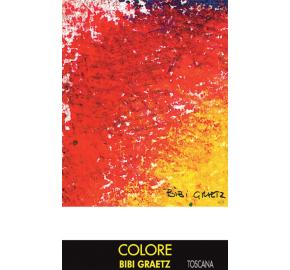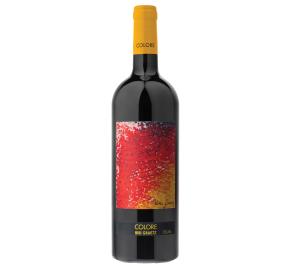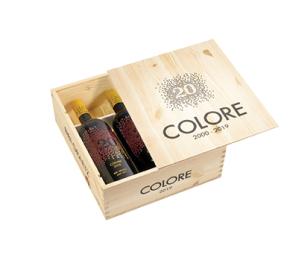Bibi Graetz - Colore 2021
- Producer Bibi Graetz
-
Blend
66% Canaiolo and Colorino
34% Sangiovese - Country Italy
- Region Tuscany
- UPC 844962000063
Log in to view pricing and order online
Don't have an account? Register here
Item# 83552-21/3PK
Description
Vinification
Estate
Since the release of his first wines in 2000 and without any formal training, Bibi Graetz has managed to stir-up the Tuscan wine scene, and with the creation of Testamatta and Colore, has made his name eponymous with great Tuscan wines. Regularly scoring in the high 90’s with wine publications like Wine Spectator, Wine Advocate, and James Suckling, coupled with his unique and artisanal winemaking approach, Bibi Graetz’s wines have garnered a loyal following among wine collectors and wine trade.



